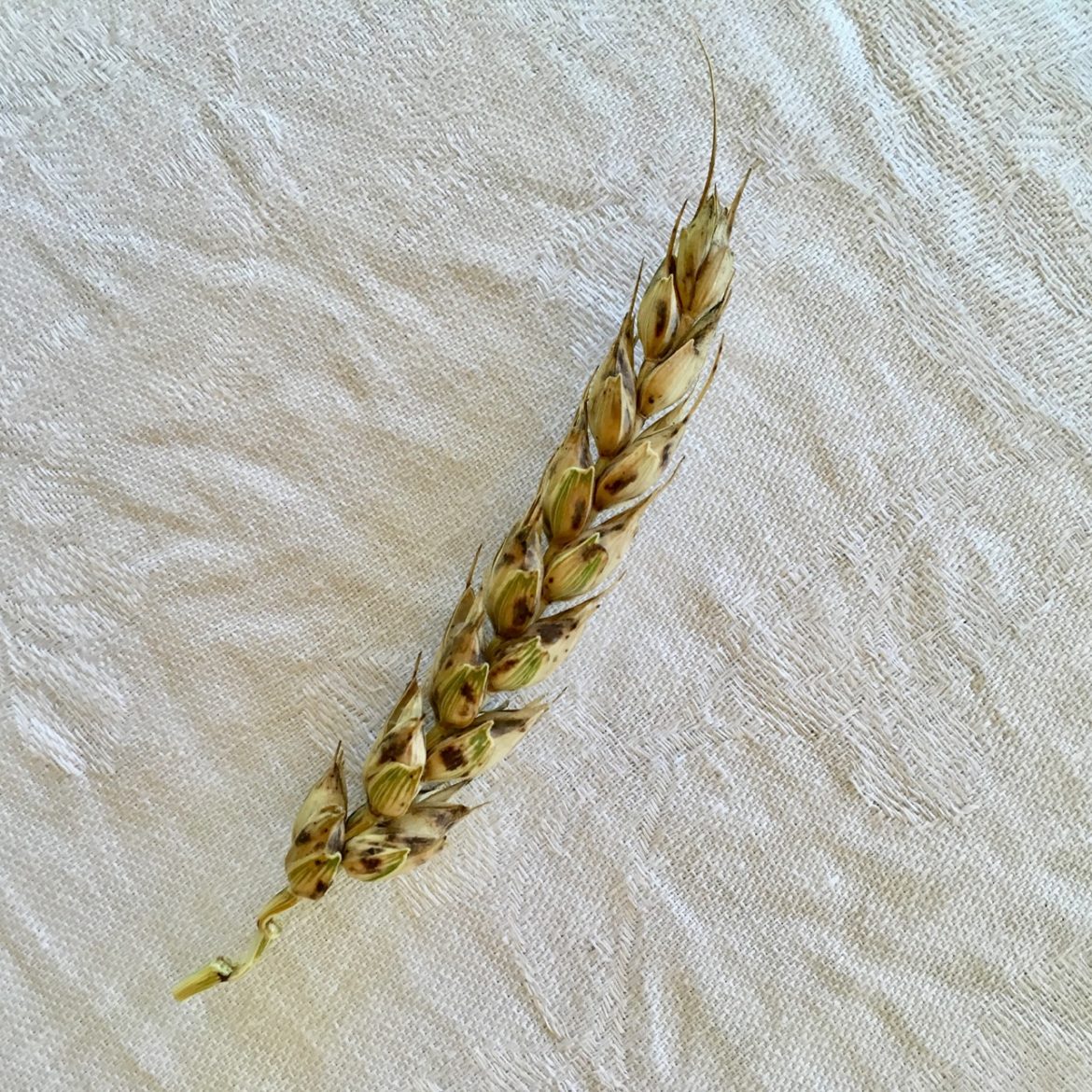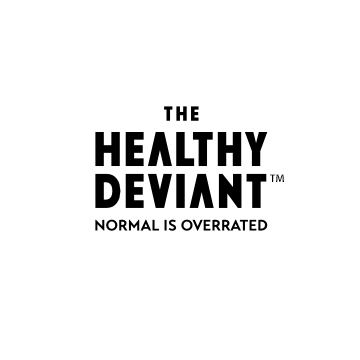Here we are, headed into the holidays, and also cruising (limping?) into the final stretch of what turned out to be one very long, strange year.
In “normal times,” this would be a month of celebration and coming together with family and friends. This year, a lot of what we’ve come to consider normal is not on the menu. And maybe that is okay.
2020 has forced a reckoning, for a lot of us, about how we’ve been living, about what we’ve been enduring, and about what we’ve taken for granted.
The detours and disruptions foisted upon us by COVID (among other things) have given us reason to reconsider our automatic, default patterns, and to reevaluate what we can and cannot live without.
There might be some upsides to that. Particularly around the holidays.
The Way We’ve Always Done It
The holidays are ruled by tradition — for better and for worse — and adherence to tradition can easily override our real desires and capacities of the moment.
When it comes to eating, drinking, shopping, and socializing, we tend to go along with the plans presented to us. In the process, we can easily climb aboard the bandwagons of excess, without so much as asking our bodies and minds if that is really where they really want to go.
For health seekers, this can be a particularly tough time. Hearing “Oh, go ahead, it’s the HOLIDAYS!” from well-meaning friends and family can feel a lot like, “Oh come on, quit being difficult and just get with the program!” Even when that mass-culture program is precisely what you have been trying to break free from.
This year’s disruptions of normalcy may grant us a reprieve from a lot of our unhealthy society’s normally-scheduled programs.
This could mean that you get to design your own holiday traditions in ways that sync better with your current energy levels, appetites, and resources. So instead of feeling stressed out and obligated to do all the usual things, perhaps you can feel … creative, at ease, free to move at a pace that feels better.
In moments, of course, you may also feel bereft, lonely, or entirely at sea. All of which is okay, and at this point, also 100 percent normal. You know: “new normal.” Gah.
Feeling Through the Fog
Like it or not, this a liminal time — a foggy, flexy, in-transition time. A time not just between years, but between eras, between fading and emerging realities.
So if you’re currently feeling uncertain about what to do, or even about what you want, I’d encourage you to listen carefully to your body-mind’s signals from moment to moment.
Tune out the noise and nonsense. Tune into the quiet, wise voice that is saying: Here’s what I choose now.
Years ago, when I was first learning how to tap into my own system’s signals, I wrote a little article called “Well, THAT’s Different,” about the value of noticing and daring to do exactly what your body-mind is asking for, even when it means other people find you a bit … odd.
There has never been a better time to master that art. We’re relearning how to live right now, by necessity. And that means we can learn healthier, better ways of living for the long haul.
As we say goodbye (or perhaps its more like, BUH-bye! ) to 2020, I’m feeling a mixture of sorrow for all that has been lost, relief about what has been salvaged and resuscitated, and gratitude for the often surprising good that has come in the mix.
Perhaps the best of that good is recognizing that we CAN do things differently if we choose — or if we find that we must. When pressed, we can iterate and innovate in so many ways that might not have otherwise occurred to us.
Thanks for joining me on this journey to the end of a very long, strange, run-roughshod year — and into the beginning of a sparkling, hopeful, new one.
Here’s to finding our own ways forward, one experimental step at a time.
***
Want more life-shifting wisdom?
Check out my book, The Healthy Deviant: A Rule Breaker’s Guide to Being Healthy in an Unhealthy World. You can get a free preview and find purchase links here. Thank you for supporting my work!








